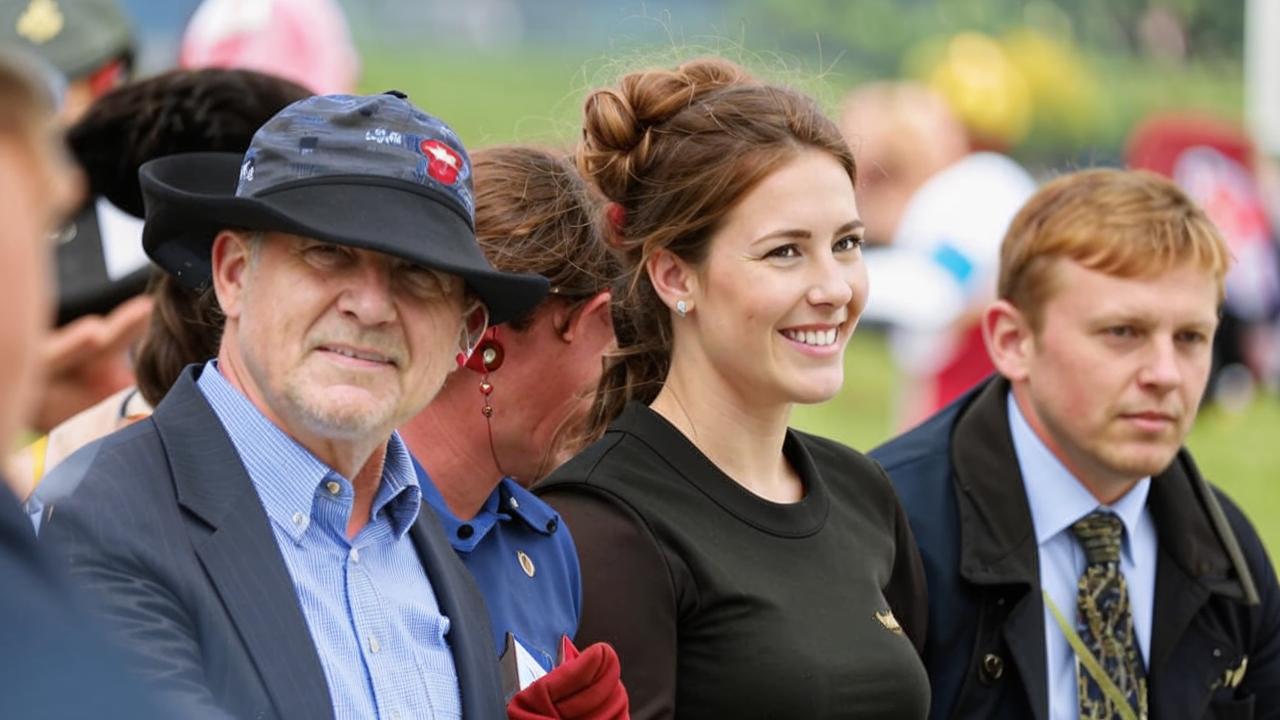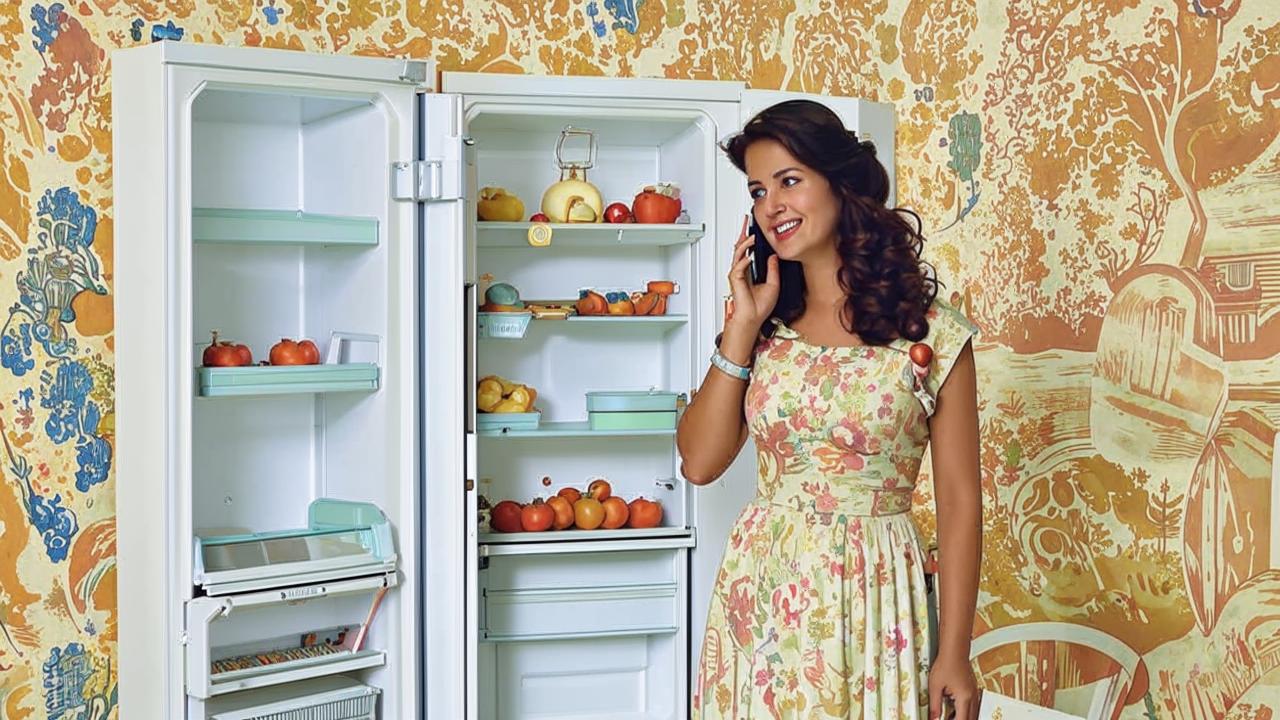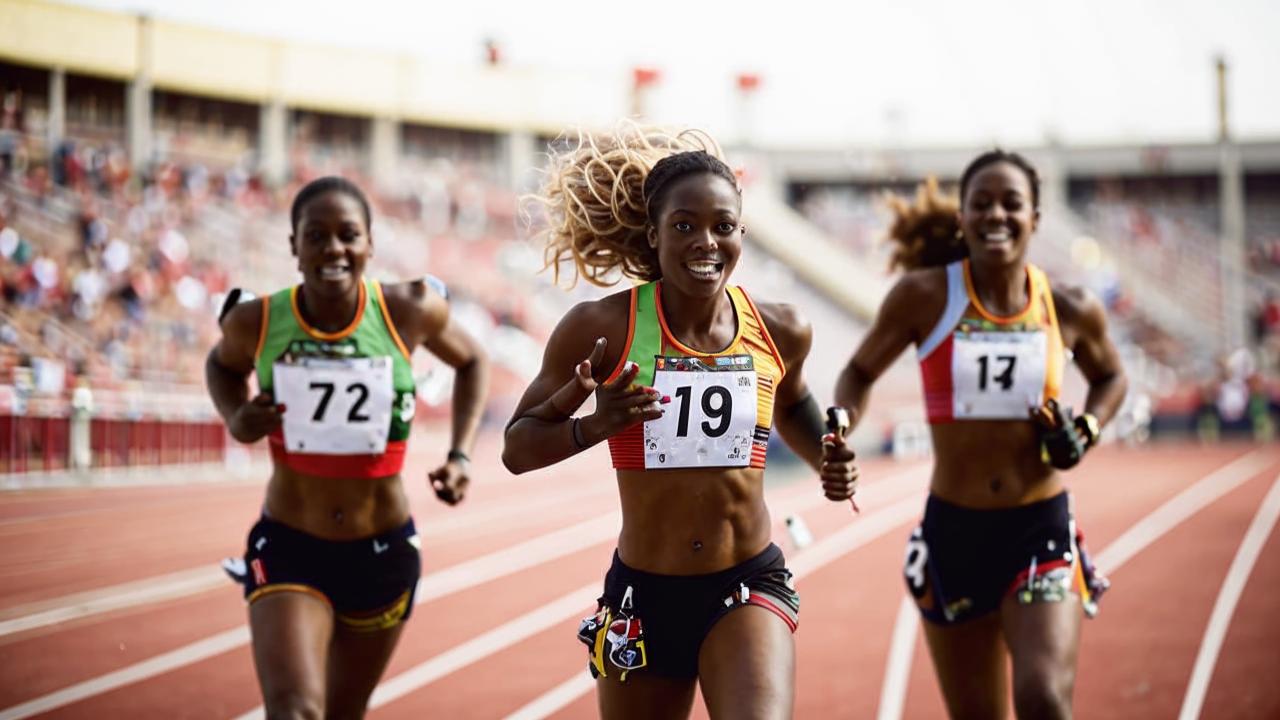The 1920s was a time of dramatic changes in the perception of a beautiful female body. If before that appetizing forms were considered the standard, now thinness became the trend. The reason – the consequences of the First World War. Hunger and exhausting labor did their job.
Emancipation also played a role. Girls who had to go to work in factories, no longer wanted to play by the old rules and support the former stereotypes. A somewhat masculine image of women became a cult – youthful, without pronounced curves.
Of course, excess weight became a problem. How did women cope with it? There were diets and exercise. It was also the time when the first exercise machines appeared. Let’s go through them one by one with the experts.

To eat or not to eat…
Diets

integrative nutritionist, nutritionist
How and what did women eat to avoid gaining weight? Of the particularly popular ones, two diets can be distinguished: “Chewing” and “Negative”. Let’s understand their nuances – benefits and harms.
1. Chewing diet
From the point of view of health, the principle of this diet is ideal. Before swallowing, each piece should be chewed at least 32 times. This process is the easiest way to get your GI tract working properly. Food processed by saliva is better digested and does not create an additional load. Why?
The point is amylase – an important enzyme that starts the digestion process already in the mouth. This facilitates the work of the GI organs, improves the absorption of food, vitamins, minerals and trace elements.

Housewife, 1920s
32 is not a random number. That’s how many movements it takes for food to turn into a liquid mush. Another advantage of the diet is the ability to monitor satiety. The risk of gaining excess weight is reduced.
However, here it is important to pay attention to the products consumed. In the last century, the diet consisted of: bread, potatoes, beans and eggs. Alas, it is very difficult to lose weight with such a set. Our ancestors had a choice was not so great, but today this diet can be improved. At least – to exclude harmful products.

Chew carefully!
2. negative diet
Such a diet involves the use of products with negative calories. The essence – the body must spend more calories than it receives. What kind of food is this? Asparagus, cucumbers, broccoli, spinach, celery, apples, some types of berries, spices, seaweed, mushrooms.
These foods must be consumed fresh to preserve the “negative readings”. Combinations with other ingredients and different cooking methods significantly change the caloric content of dishes.

Counting calories
How does it work? Fiber helps to quickly satisfy hunger. However, eating only them is harmful. Why? In this case, the list of products turns out to be too limited. The body will not receive all the necessary substances. This can lead to exhaustion, micronutrient and vitamin deficiencies.

Girl exercising, 1920s
Šport

Fitness Life Park club fitness trainer
People have been exercising since ancient times, developing strength and endurance. The methods have gradually evolved. More than a century ago, the first prototypes of fitness equipment familiar to us appeared. The creator was the Swedish physiotherapist Gustav Zander. True, he planned to use them exclusively for medical purposes. However, there came a time when there was a real boom in the development of sports. People began to try on themselves different methods and types of activity.
What variants of equipment were at the disposal of those who wanted to keep fit, a hundred years ago? There were already: exercise bikes, vertical pulls, leg curls, abs, biceps training, and more.

Prototypes of exercise machines, 19th century
Were they effective? Yes. Modern prototypes differ only in technological nuances.
The trend for a slim body and the fashion for sports are interrelated moments. One both defines the other and makes it much more real. Of course, fitness as we know it now, a hundred years ago there was not yet. However, women were given the opportunity to actively participate in sports. In honor were: bicycling, tennis, skating, skiing, swimming, etc.
Something else…
It should also be noted that after the First World War, other changes began, which contributed to women’s desire for sports. It’s about clothing. By the 1920s, girls could already wear something comfortable and functional. Previously, they had to do everything in dresses. Gradually came pants, shorts and tight knitwear. Swimsuits appeared and began to evolve in terms of length.

Running, 1920s
It’s hard for today’s fitness divas to imagine that if they had been born 100 years earlier, they could have been fined for inappropriate swimwear. But it did happen!
What conclusion can be drawn? It is important to use the experience of ancestors and appreciate the opportunities that are available now. Today there is no popular fashion for thinness. We have become more conscious. And, it seems, this is the key to perfect physical shape.






